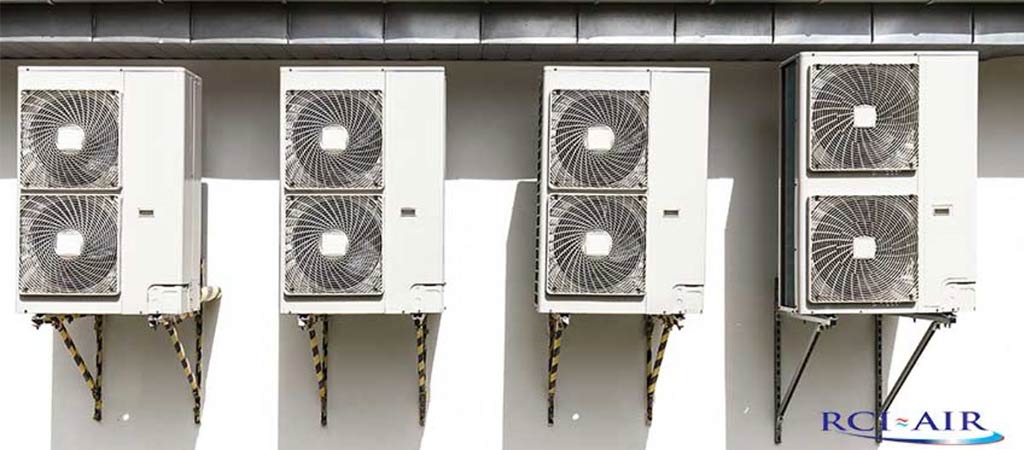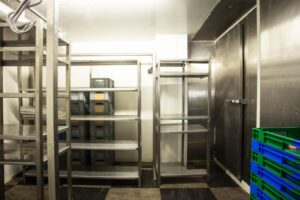You may find yourself in the position of having to obtain a new commercial air conditioner someday. Sure it’s a pricey overhead, but commercial air conditioners do have a definitive life span and are under immense pressure to cool what is often large spaces. Remember that regular maintenance moving forward can help prolong this buying process.
This brings up a very frequent question – are commercial air conditioners just bigger versions of the ones in your house? The principles between the two are the same – cooling an area – but the methods are considerably different.
AC Unit Size
Of course the power necessary to cool a 16,000 ft2 commercial building is going to be much higher than that to condition a 2500 ft2 home. Therefore the size of commercial air conditioners is going to be much larger. Residential air conditioners are generally sized between 1 and 5 tons. Some commercial spaces might have as low as a 2 ton AC, but they can also be as big as 30 tons – and some need multiple 30 ton units.
AC Unit Placement
The standard residential air conditioner features a condenser placed outdoors with the air handler on the inside of the home. Since commercial air conditioners are considerably bigger, they are often installed on the roof of a building. This helps cut down on outdoor crowding but it also lessens the effect of the noise coming from the AC. Rooftop access also lets maintenance crews work on the AC without disrupting workers or customers.
Commercial Air Conditioning Projects Photos
AC Unit Operating Process
With a residential system, the outdoor condenser and compressor deliver the refrigerant to cool the air while the indoor air handler actually processes and delivers the air throughout the home. In a commercial unit, everything is processed outdoors with only the ducting and dampers being located inside the building.
Some residential air conditioners are now being fashioned with zone cooling capabilities for increased energy efficiency. Those that aren’t produce one air temperature that is then delivered to every room in the house, unoccupied or not. Commercial air conditioners are exclusively zoned cooling machines.
There are simply just too many different rooms in a commercial building to have one air temperature satisfy all the occupants. Employees can control the temperature in their own zone via the thermostat.
Commercial AC’s Can Be Built Upon to Expand
You may have seen a house with two central air conditioner condensers outside and think, “man that guy really likes a cold room.” The truth is, they likely had to add a mini-split AC to cool a new area of the house such as an addition, after finishing a basement, or in a garage.
This is because a residential AC is sold to condition a specific space. The size needs to be as accurate as possible – too small and you can’t cool the house, too large and the cycle is over before it removes the humidity.
Residential air conditioners in that regard are considered standalone items. Commercial on the other hand are known as modular. This means a commercial AC can be added to, built upon, and modified as air conditioning demands change.
Commercial vs. Residential AC Overview
As you can see, the many differences between commercial air conditioners and residential units are the reason you need to select an AC service provider experienced in the commercial field. Commercial air conditioners aren’t “just bigger”, they’re complex units that require special training and certification.
Luckily, RCI Air of Miami provides all your commercial, residential and industrial AC needs!






